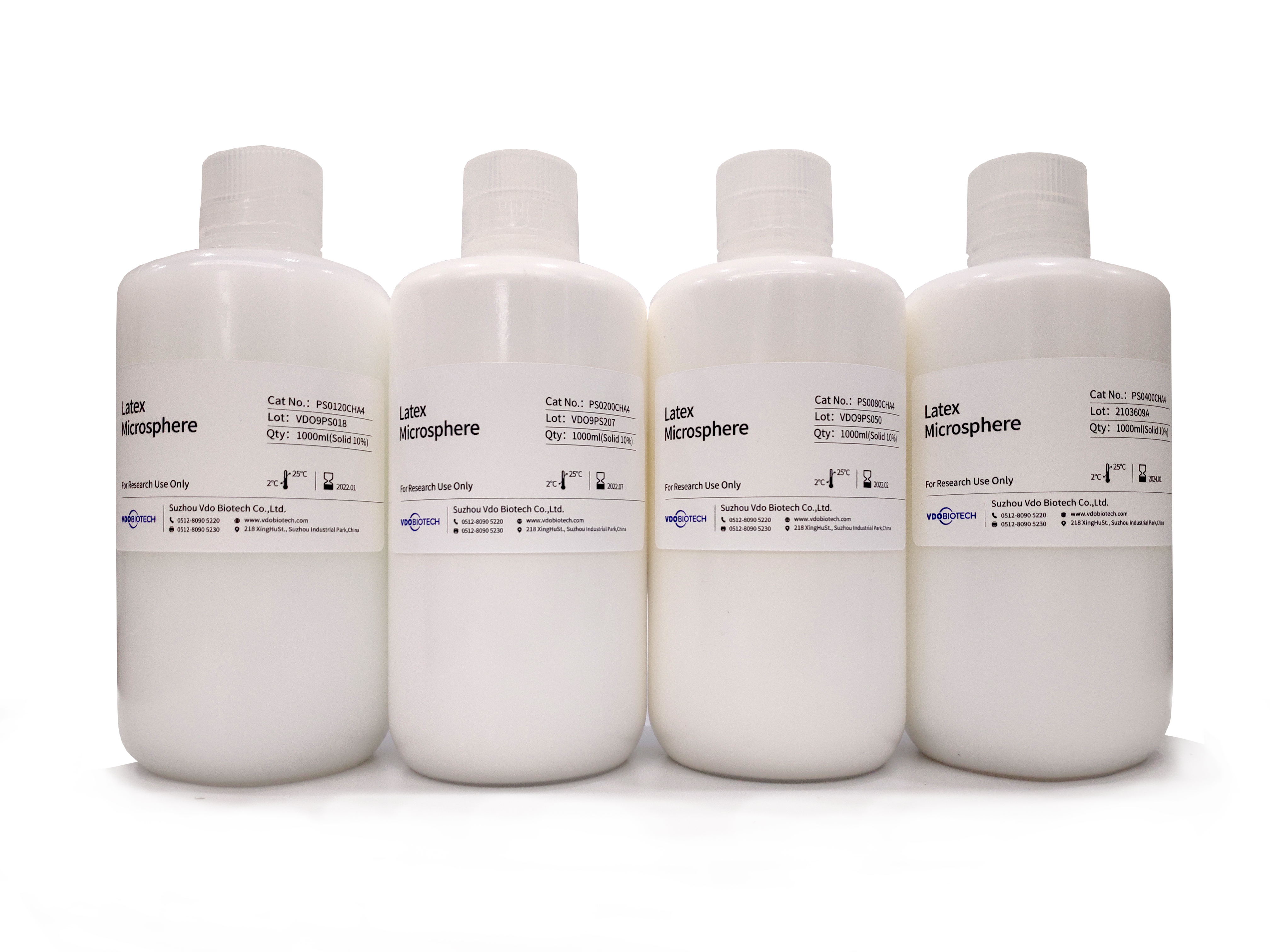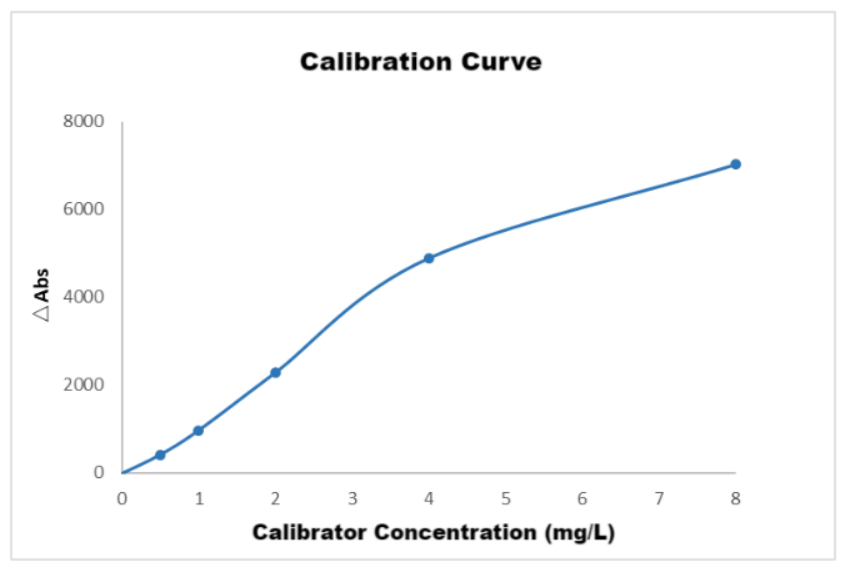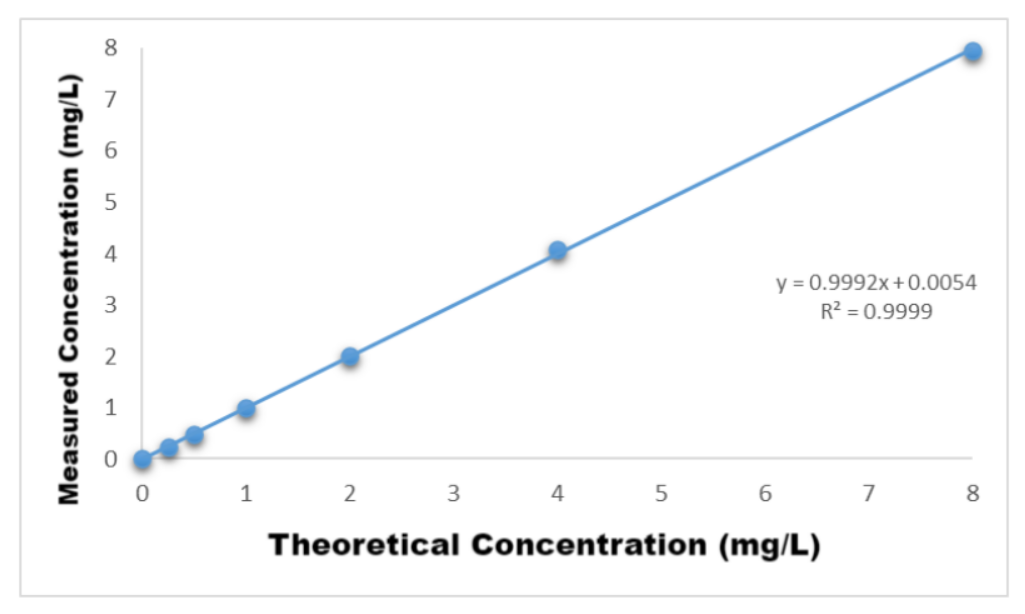

VDO Biotech's carboxyl latex microspheres are made of polystyrene. Through our proprietary surface coating process, carboxyl groups are added to the microspheres in controlled amounts. We can also provide microspheres with customized particle sizes and functional groups to meet customers' specific needs for sensitivity and linear range. The carboxyl latex microspheres are widely used for different applications, such as particle enhanced immunoturbidimetry (PET), latex agglutination test, and microsphere capture enzyme-linked immunosorbent assay, etc. The production capacity of carboxyl latex microspheres exceeds 100L/batch, with batch-to-batch consistency, which ensures high-qualityproducts for customers' large-scale production.


Product Feature:
Sufficient surface functional groups: efficiently couple with sufficient amount of target protein
Uniform diameter: stable and controllable surface functional groups: high reproducibility
Large scale production capacity: up to 100L/batch, batch-to-batch consistency,scalable and stable production
Customized particle sizes and surface functional groups: satisfy customers'specific product development needs
Technical parameters:
Material: Polystyrene polymer
Particle size: 20nm-100μm
Surface groups: carboxyl group
Density: 1.05g/cm³ 5.
Dispersion medium: pure water
Microsphere refractive index: 1.59 (589nm wavelength, 25℃)
Uniformity: C<5%
Size range: 20 nm-100 μm
Additives: constant surfactant
Storage conditions: 2-25℃ storage, do not freeze
 CysC Project
CysC Project
Objective:
To evaluate the performance of VDO 100 nm latex microspheres (Catalog No. PS0100CHA, Lot No. PS2124302G) in the Cystatin C (CysC) assay.
 1. Calibration Data
1. Calibration Data
CysC calibrators were used for standard curve preparation, and calibration was performed usinga Mindray BS450 chemistry analyzer.
2. Precision
Method: CysC antigen was diluted with calibrator diluent to two concentration levels (low and medium). Each concentration was tested 10 times.
Sample | Low Sample (0.5 mg/L) | Medium Sample (2 mg/L) |
1 | 0.49 | 1.97 |
2 | 0.49 | 1.94 |
3 | 0.46 | 1.96 |
4 | 0.48 | 1.95 |
5 | 0.49 | 1.96 |
6 | 0.49 | 1.94 |
7 | 0.49 | 1.94 |
8 | 0.49 | 1.94 |
9 | 0.48 | 1.96 |
10 | 0.49 | 1.97 |
Average (AVE) | 0.49 | 1.95 |
Standard Deviation (STDEV) | 0.01 | 0.01 |
Coefficient of Variation (CV) | 2.00% | 0.64% |
The coefficients of variation (CVs) for the low- and medium-level samples were 2.00% and 0.64%, respectively, meeting the within-run precision requirement of CV ≤ 5%.
3. Linearity Range
Method: CysC antigen calibrator was prepared at 8 mg/L and serially diluted with calibrator diluent to obtain concentrations of 4, 2, 1, 0.5, 0.25, and 0 mg/L.
CysC antigen calibrator was prepared at 8 mg/L and serially diluted with calibrator diluent to obtain concentrations of 4, 2, 1, 0.5, 0.25, and 0 mg/L.
Each of the seven concentration points was measured twice, and the mean values were used to establish a linear regression curve.
The correlation coefficient (r) was calculated between the theoretical and measured concentrations.
Results:
The linear correlation coefficient was r = 0.9999, satisfying the requirement that r ≥ 0.9900 within the range of 0.40 – 7.50 mg/L.
The linear deviation also met the acceptance criteria:
For 0.40 – 2.00 mg/L, the absolute deviation ≤ 0.20 mg/L;
For (2.00 – 7.50] mg/L, the relative deviation ≤ ±10%.
4. Analytical Sensitivity
Method:
CysC samples were tested to determine the absolute value of the absorbance difference (ΔA).
Sample | Concentration (mg/L) | Absorbance Change (ΔA) |
Test Sample | 1.13 | 0.111 |
Standardized Sample | 1.00 | 0.098 |
At a CysC concentration of 1.00 mg/L, the absorbance difference (ΔA) was 0.098, which falls within the acceptable range of 0.010 – 0.200, meeting analytical sensitivity requirements.
5. Accelerated Stability
Method:
The reagents were divided into two groups: one stored at 4 °C, and the other incubated at 37 °C for accelerated stability testing. On day 8, both groups were calibrated, and the relative deviations were calculated.
Concentration (mg/L) | ΔAbs (4 °C, 8 days) | ΔAbs (37 °C, 8 days) | Deviation |
0 | -5 | -2 | / |
0.5 | 399 | 364 | -8.77% |
1 | 911 | 844 | -7.35% |
2 | 2203 | 2048 | -7.04% |
4 | 4735 | 4487 | -5.24% |
8 | 6956 | 6867 | -1.28% |
Conclusion | Qualified |
The relative deviations between the 37 °C (8 days) and 4 °C (8 days) reagent groups were less than 10% for all five concentration points (excluding the 0 mg/L blank), meeting the acceptance criteria.
Conclusion
Using VDO Biotech’s recommended conjugation process, the CysC reagent developed with VDO latex microspheres demonstrated excellent precision, analytical sensitivity, linearity, and accelerated stability, fully meeting industry standards for similar products.

Cat# | Particle size | Color | Surface groups | Solids | Packaging sizes | Price |
PS0080CHA | 80nm | White | COOH | 10.0% | 10ml,100ml,1000ml | Get a Quote |
PS0080CLA | 80nm | White | COOH | 10.0% | 10ml,100ml,1000ml | Get a Quote |
PS0100CHA | 100nm | White | COOH | 10.0% | 10ml,100ml,1000ml | Get a Quote |
PS0100CLA | 100nm | White | COOH | 10.0% | 10ml,100ml,1000ml | Get a Quote |
PS0120CHA | 120nm | White | COOH | 10.0% | 10ml,100ml,1000ml | Get a Quote |
PS0120CLA | 120nm | White | COOH | 10.0% | 10ml,100ml,1000ml | Get a Quote |
PS0150CHA | 150nm | White | COOH | 10.0% | 10ml,100ml,1000ml | Get a Quote |
PS0150CLA | 150nm | White | COOH | 10.0% | 10ml,100ml,1000ml | Get a Quote |
PS0180CHA | 180nm | White | COOH | 10.0% | 10ml,100ml,1000ml | Get a Quote |
PS0180CLA | 180nm | White | COOH | 10.0% | 10ml,100ml,1000ml | Get a Quote |
PS0200CHA | 200nm | White | COOH | 10.0% | 10ml,100ml,1000ml | Get a Quote |
PS0200CLA | 200nm | White | COOH | 10.0% | 10ml,100ml,1000ml | Get a Quote |
PS0300CHA | 300nm | White | COOH | 10.0% | 10ml,100ml,1000ml | Get a Quote |
PS0300CLA | 300nm | White | COOH | 10.0% | 10ml,100ml,1000ml | Get a Quote |
PS0400CHA | 400nm | White | COOH | 10.0% | 10ml,100ml,1000ml | Get a Quote |
PS0400CLA | 400nm | White | COOH | 10.0% | 10ml,100ml,1000ml | Get a Quote |
If you have questions related to product information, or would like to request samples, quotations or demo, please submit your inquiry.